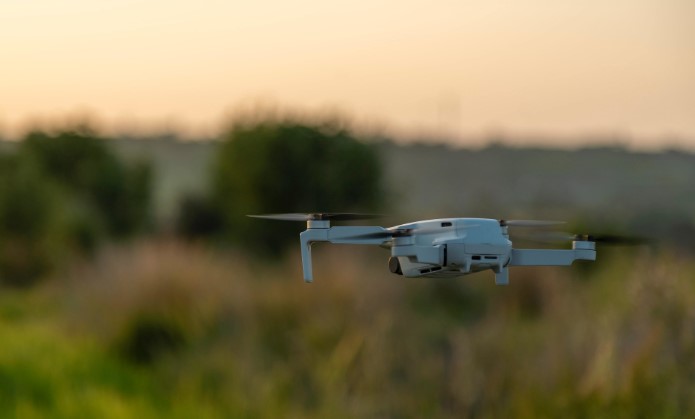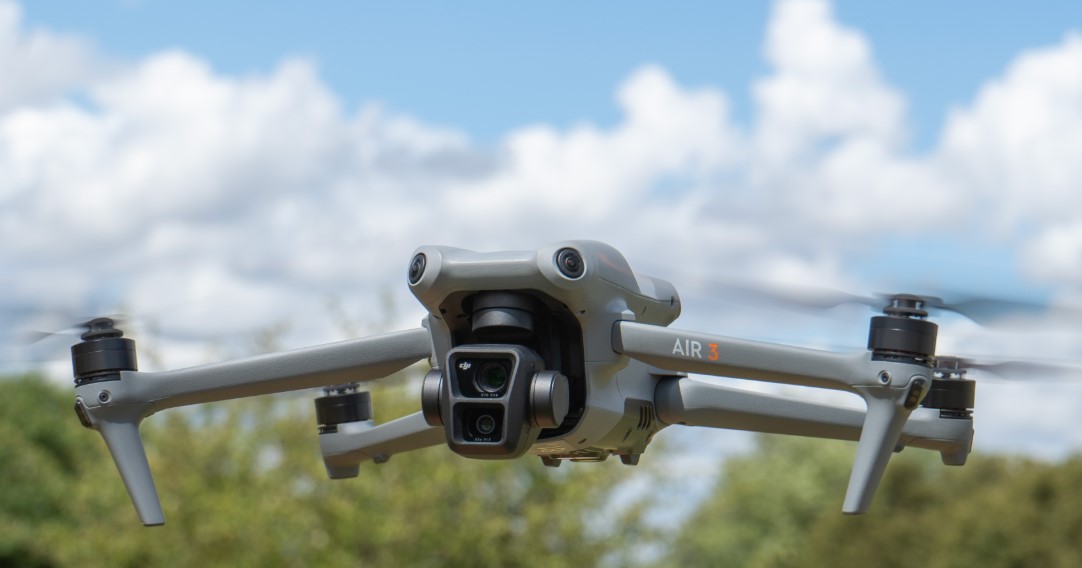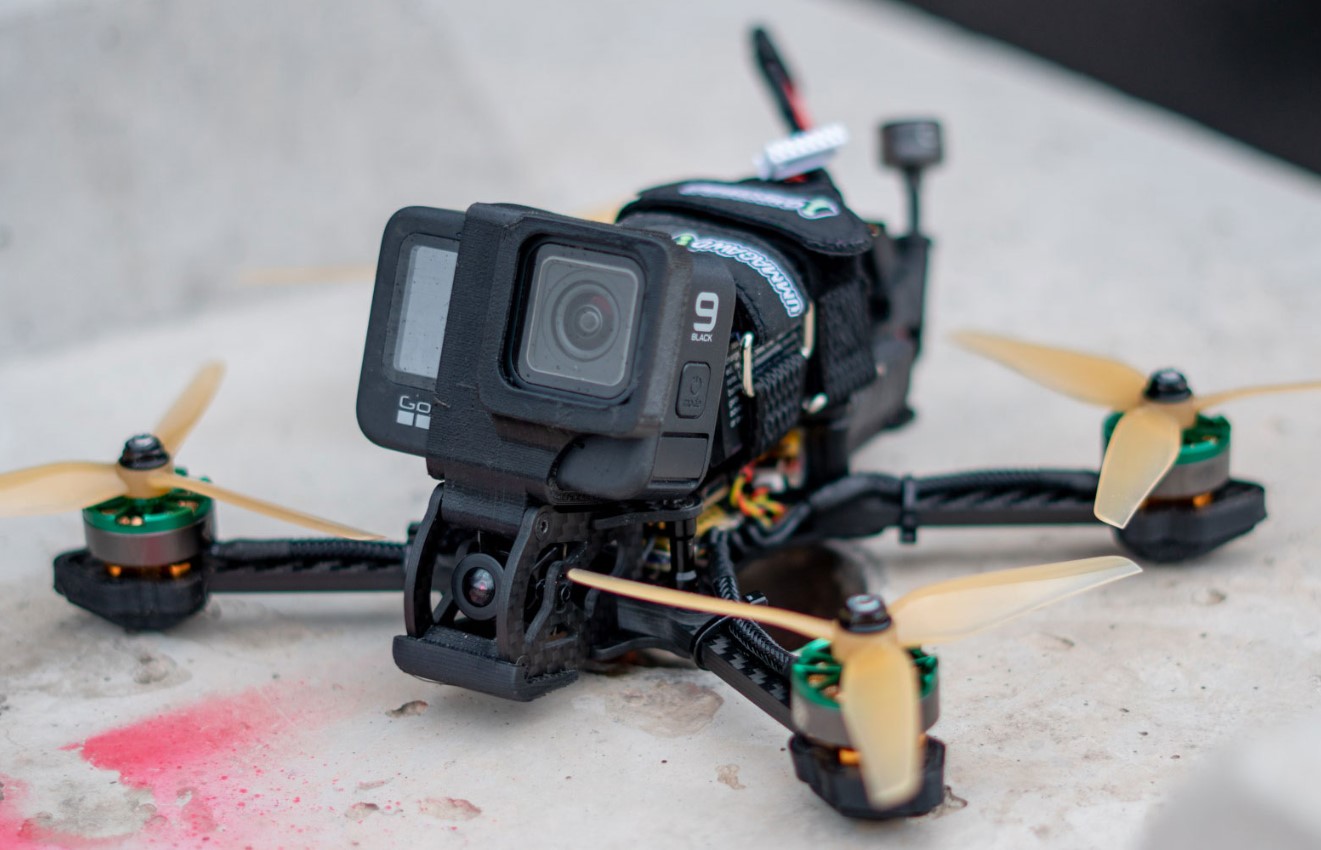Drones have revolutionized modern technology, becoming indispensable tools for photography, surveillance, delivery, and even recreational hobbies. However, their rapid rise in popularity has also brought safety concerns. Among these concerns is the alarming question: can a drone cut your finger off? This essay delves deeply into the mechanics of drones, their potential for injury, and safety measures to mitigate risks. Follow Dronevoz.com !!!
Understanding Drone Mechanics
To comprehend the risks, it’s essential to understand how drones function. Drones are typically equipped with multiple rotors, which are powered by high-speed motors. These rotors, made of plastic, carbon fiber, or other durable materials, are designed to generate enough lift to propel the drone into the air.
- Rotor Speed and Force: Most consumer drones have rotor speeds ranging from 5,000 to 20,000 revolutions per minute (RPM). At such speeds, even lightweight plastic blades can inflict serious injuries.
- Material Strength: High-end drones often use carbon fiber blades, which are stronger and sharper than plastic, increasing their potential to cause harm upon impact.
- Weight and Size: Heavier drones with larger rotors pose a higher risk of injury due to their increased momentum and surface area.
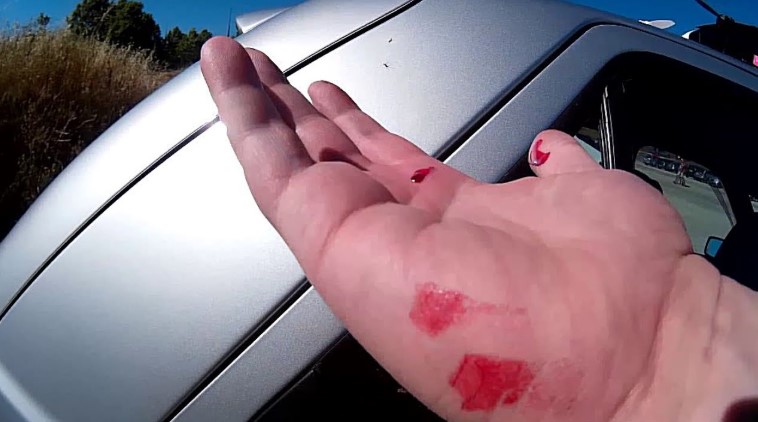
Can a Drone Cut Your Finger Off?
Yes, it is possible, but it depends on several factors. While most consumer drones are unlikely to sever a finger entirely, they can cause severe cuts, fractures, or even partial amputations under specific circumstances. Here are the key factors to consider:
- Rotor Blade Material
The material of the rotor blades plays a significant role in determining injury severity.
- Plastic Blades: Common in entry-level drones, these are less likely to cause deep cuts but can still lead to painful lacerations or bruising.
- Carbon Fiber Blades: Found in professional or high-speed drones, these blades are sharper and sturdier, capable of slicing deeper into flesh.
- Speed and Momentum
The speed at which a drone’s rotors spin significantly affects their cutting potential. High-speed drones, especially racing drones, can cause more severe injuries due to their increased kinetic energy.
- Impact Angle and Force
The angle at which the rotor blades strike and the amount of force applied also determine injury severity. A direct hit with significant force could cause deep cuts or even partial severing of a finger.
- Protective Mechanisms
Some drones come equipped with safety features such as propeller guards. These guards act as barriers, reducing the likelihood of direct contact between the blades and human skin. However, not all drones have this feature, especially older models or DIY builds.
- Size of the Drone
Small drones, such as toy drones, are less likely to cause serious injuries due to their lightweight construction and smaller blades. In contrast, larger drones used for professional purposes can inflict more severe damage.
>>> Read More: Can Drones Take Pictures of Private Property?
Real-Life Cases of Drone Injuries
Numerous incidents worldwide highlight the risks posed by drones. Some notable cases include:
- Lacerations and Fractures: Many drone enthusiasts report deep cuts on fingers and hands while attempting to catch or handle drones in mid-air.
- Partial Amputations: Though rare, there have been instances where drones caused partial severing of fingers, especially when operating larger, high-speed models without protective guards.
- Eye and Facial Injuries: Drones have caused severe injuries to the face and eyes, emphasizing the importance of wearing protective gear when operating drones close to people.
Why Do Drone Accidents Happen?
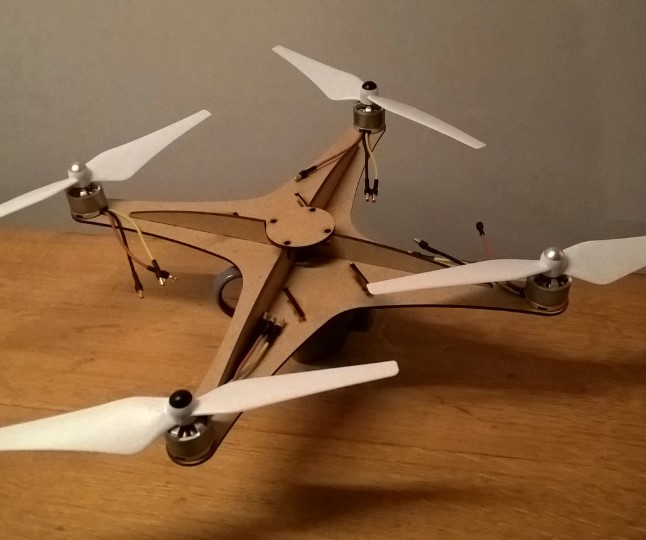
Several factors contribute to drone-related injuries, including:
- Lack of Experience
Many accidents occur due to inexperienced operators who mishandle the drone, especially during takeoff and landing.
- Improper Handling
Trying to grab a drone mid-flight is a common mistake. The spinning blades are unpredictable and can cause severe injuries.
- Technical Malfunctions
Drone malfunctions, such as sudden power loss or loss of control, can lead to accidents where the drone collides with the operator or bystanders.
- Overconfidence
Experienced operators sometimes underestimate the potential risks, leading to unsafe practices such as flying drones near crowded areas or operating them without protective guards.
How to Prevent Drone-Related Injuries
To minimize the risk of injury, operators must follow safety guidelines and adopt preventive measures:
- Use Propeller Guards
Always opt for drones equipped with propeller guards. These simple accessories can significantly reduce the risk of direct contact with spinning blades.
- Operate in Open Spaces
Avoid flying drones in confined or crowded areas to minimize the risk of accidents. Open fields or designated drone parks are ideal.
- Follow Manufacturer Guidelines
Read and adhere to the safety instructions provided by the drone manufacturer. This includes proper assembly, calibration, and maintenance.
- Avoid Catching Drones Mid-Air
Never attempt to grab a drone while it is still flying. Always land the drone safely before handling it.
- Wear Protective Gear
If operating a drone close to yourself or others, consider wearing protective gloves or goggles to safeguard against accidental contact.
- Regular Maintenance
Inspect your drone regularly for signs of wear and tear, especially the rotor blades. Replace damaged blades immediately to avoid malfunctions.
Legal and Ethical Considerations
As drones become more prevalent, legal frameworks governing their use are also evolving. Many countries have implemented regulations to ensure the safe operation of drones, including:
- Licensing Requirements: Operators of larger or professional drones often need to obtain a license.
- Restricted Areas: Flying drones near airports, government buildings, or crowded public spaces is prohibited in many jurisdictions.
- Insurance Coverage: Some regions mandate insurance for drones to cover potential damages or injuries.
Adhering to these regulations not only ensures safety but also promotes responsible drone usage.
Conclusion
So, can a drone cut your finger off? While the risk of complete amputation is relatively low for consumer drones, it is not impossible, particularly with high-speed or professional models. Drones are powerful tools that require responsible handling to prevent injuries. By understanding their mechanics, adhering to safety guidelines, and respecting legal frameworks, operators can enjoy the benefits of drones while minimizing risks.
As drones continue to evolve, manufacturers are likely to introduce more safety features to mitigate potential hazards. Until then, awareness and precaution remain the best defense against drone-related injuries. Whether you are a hobbyist, a professional, or a curious beginner, always prioritize safety – your fingers will thank you.
